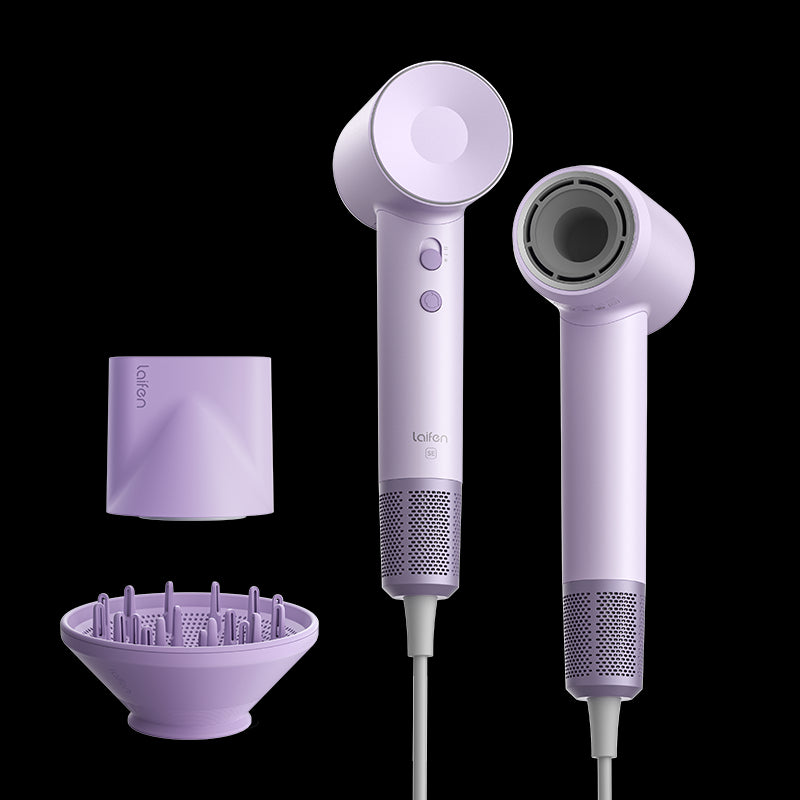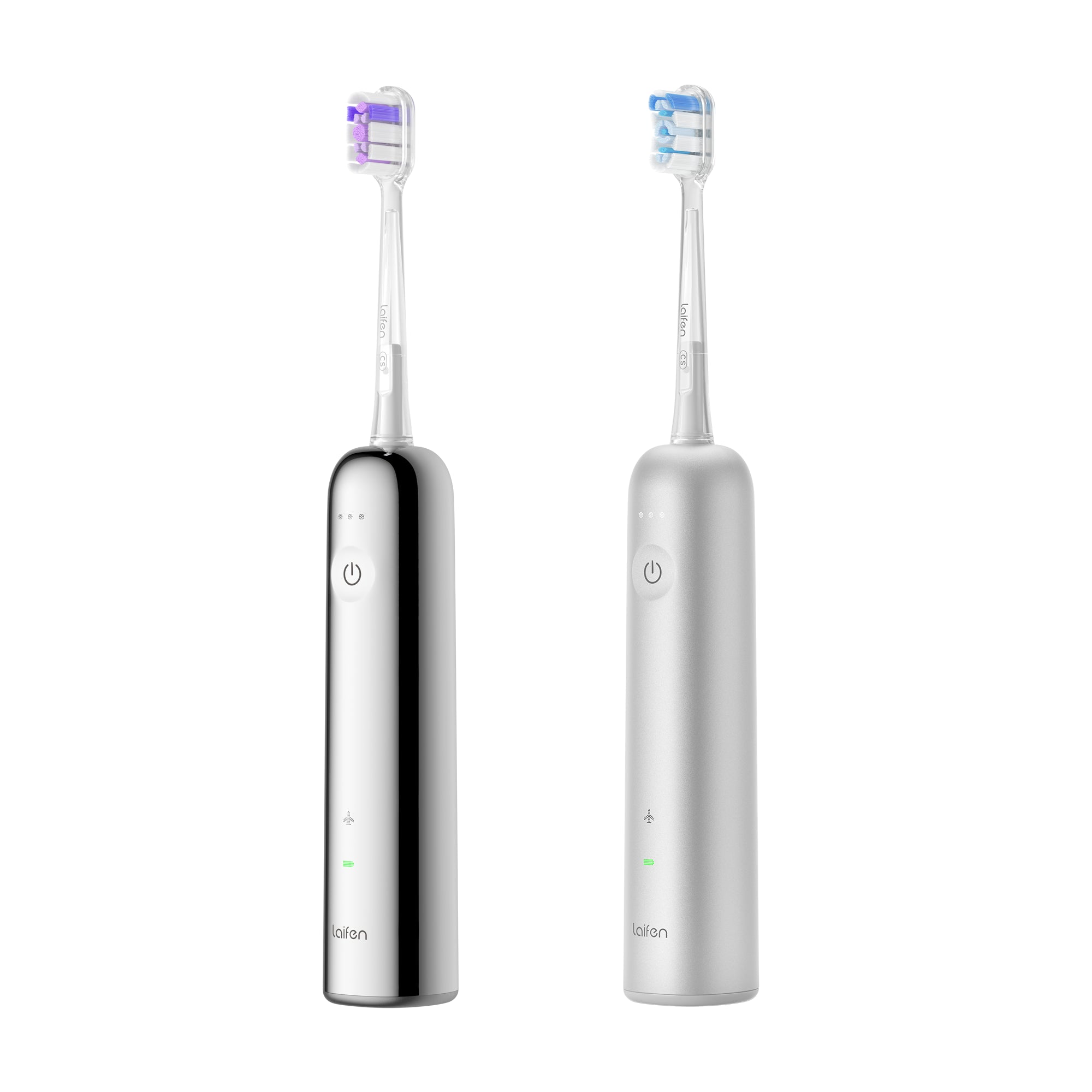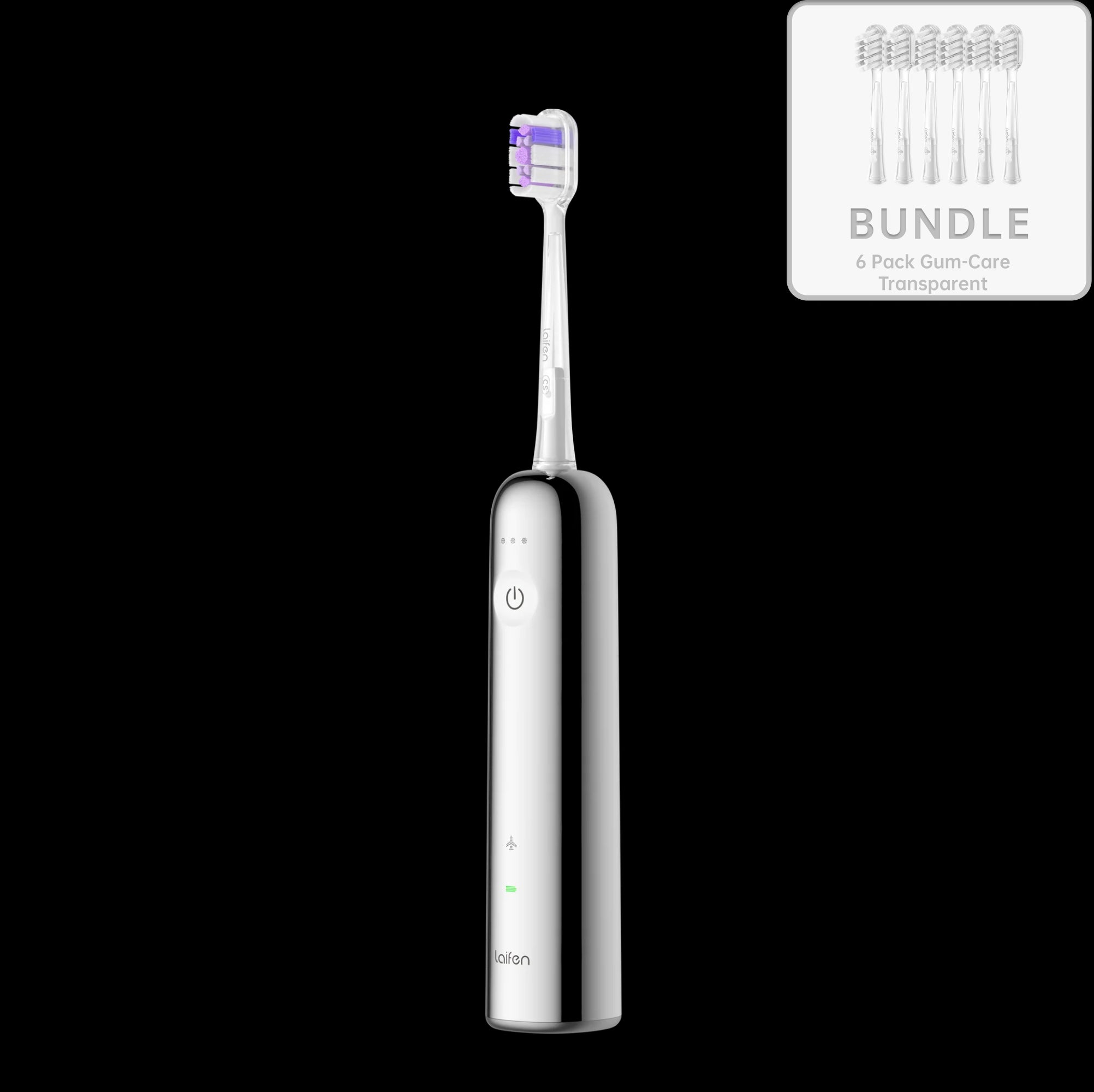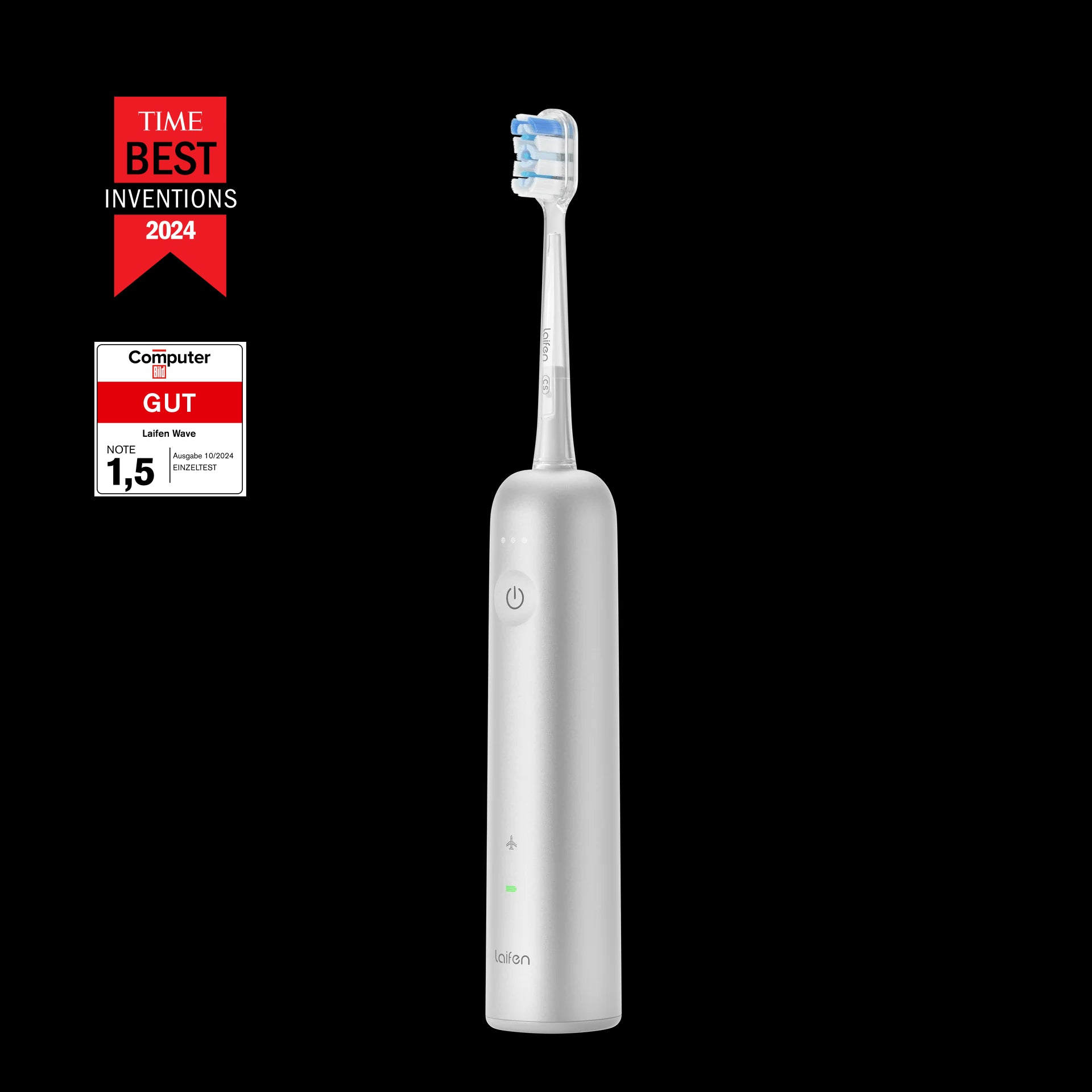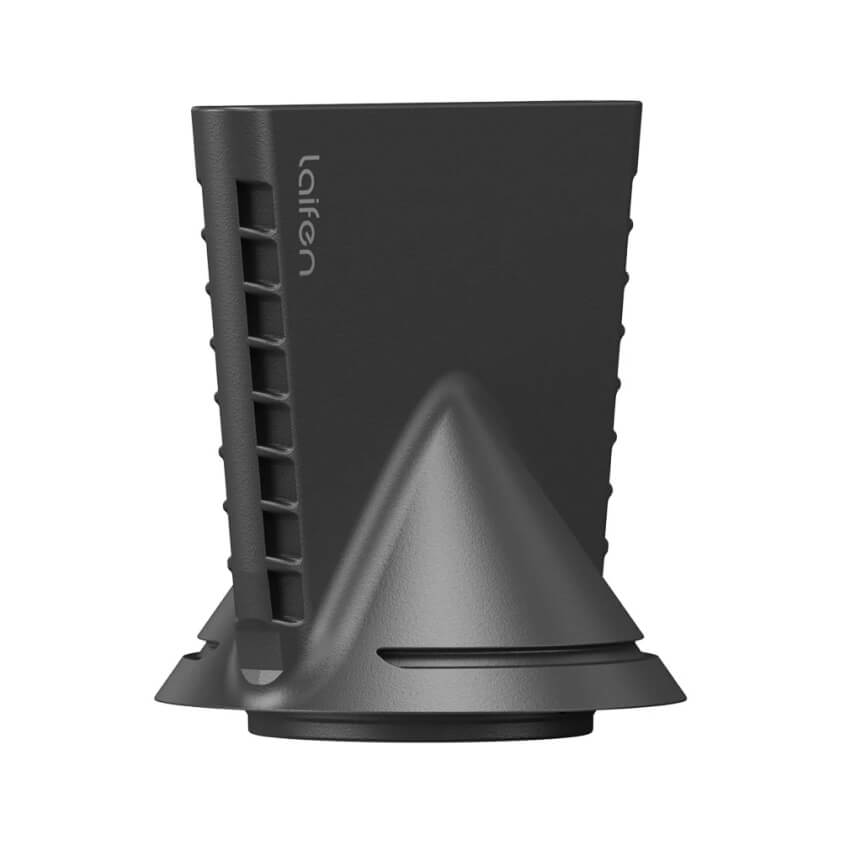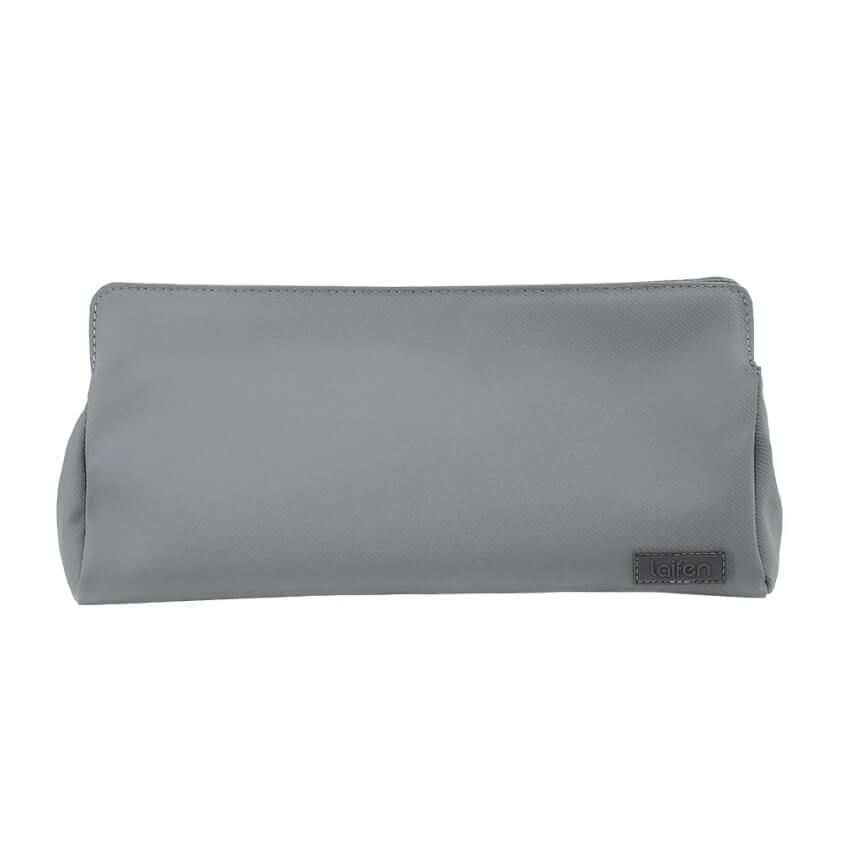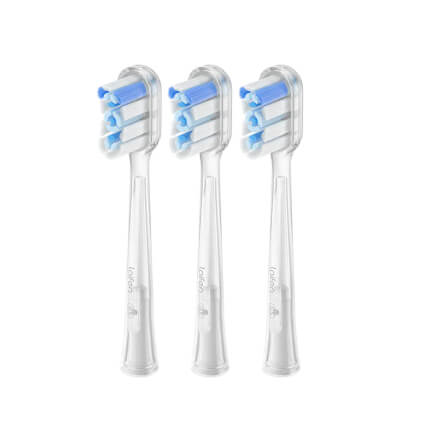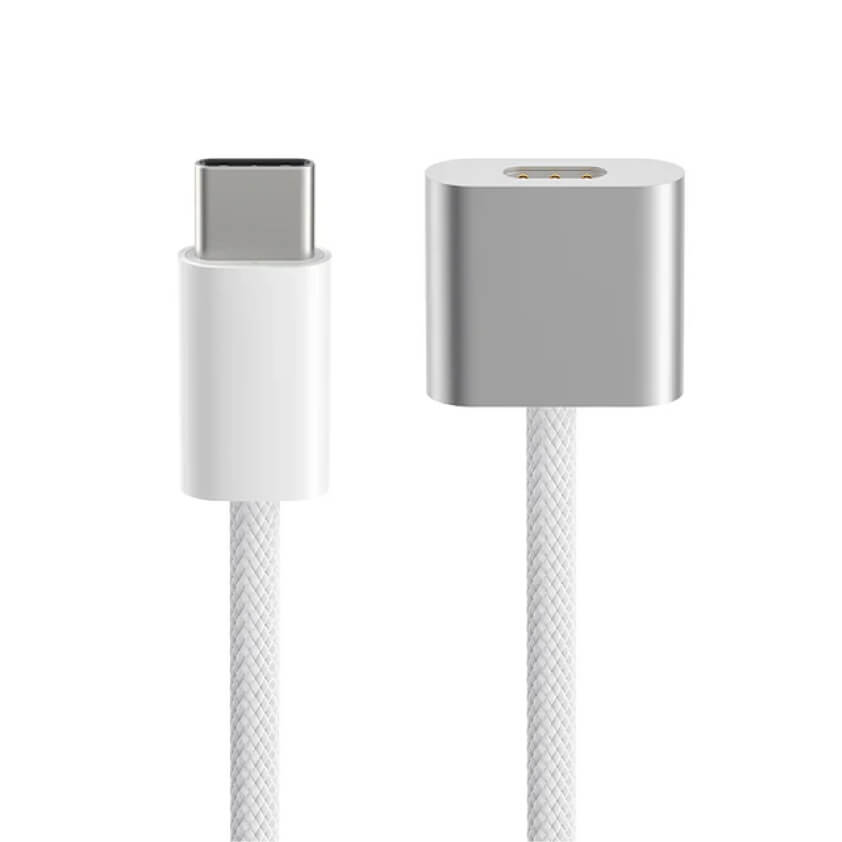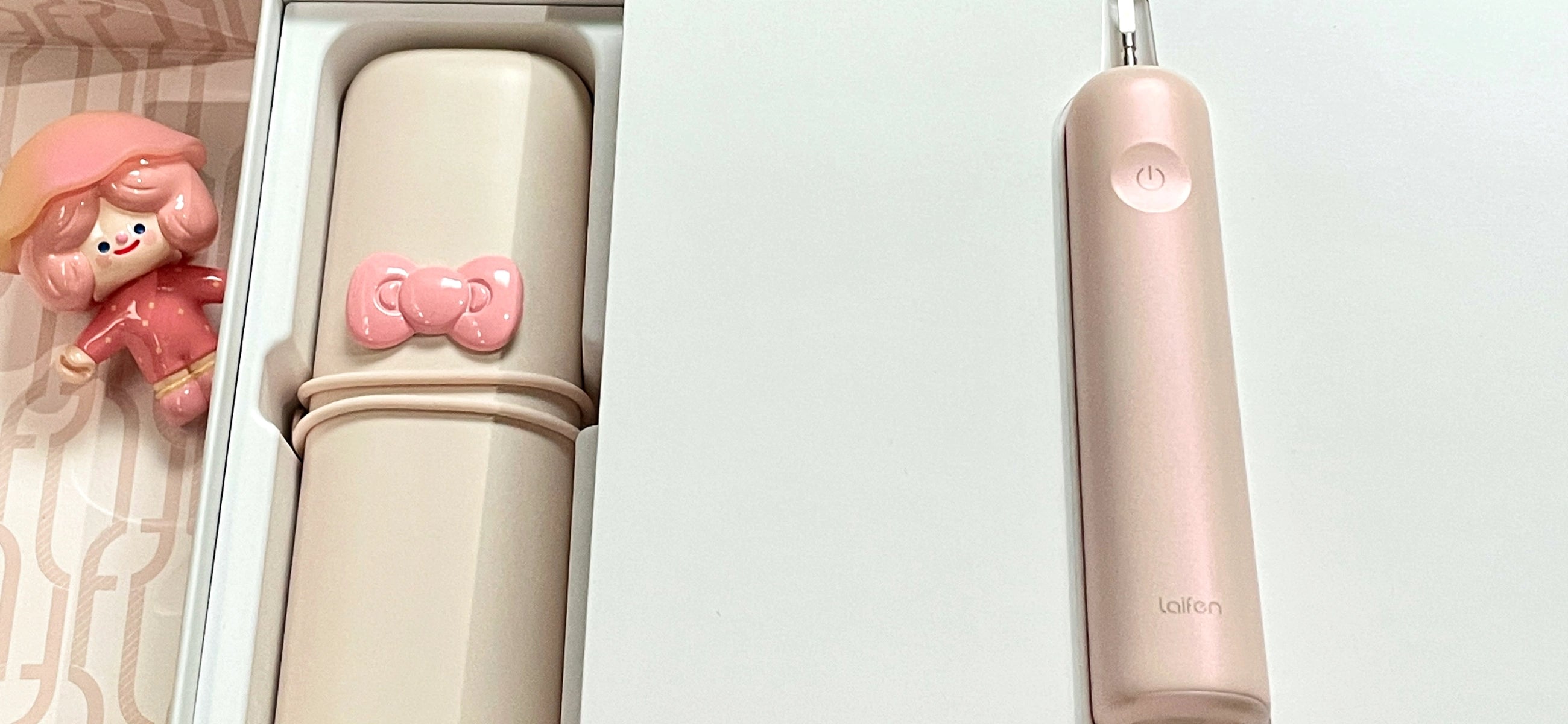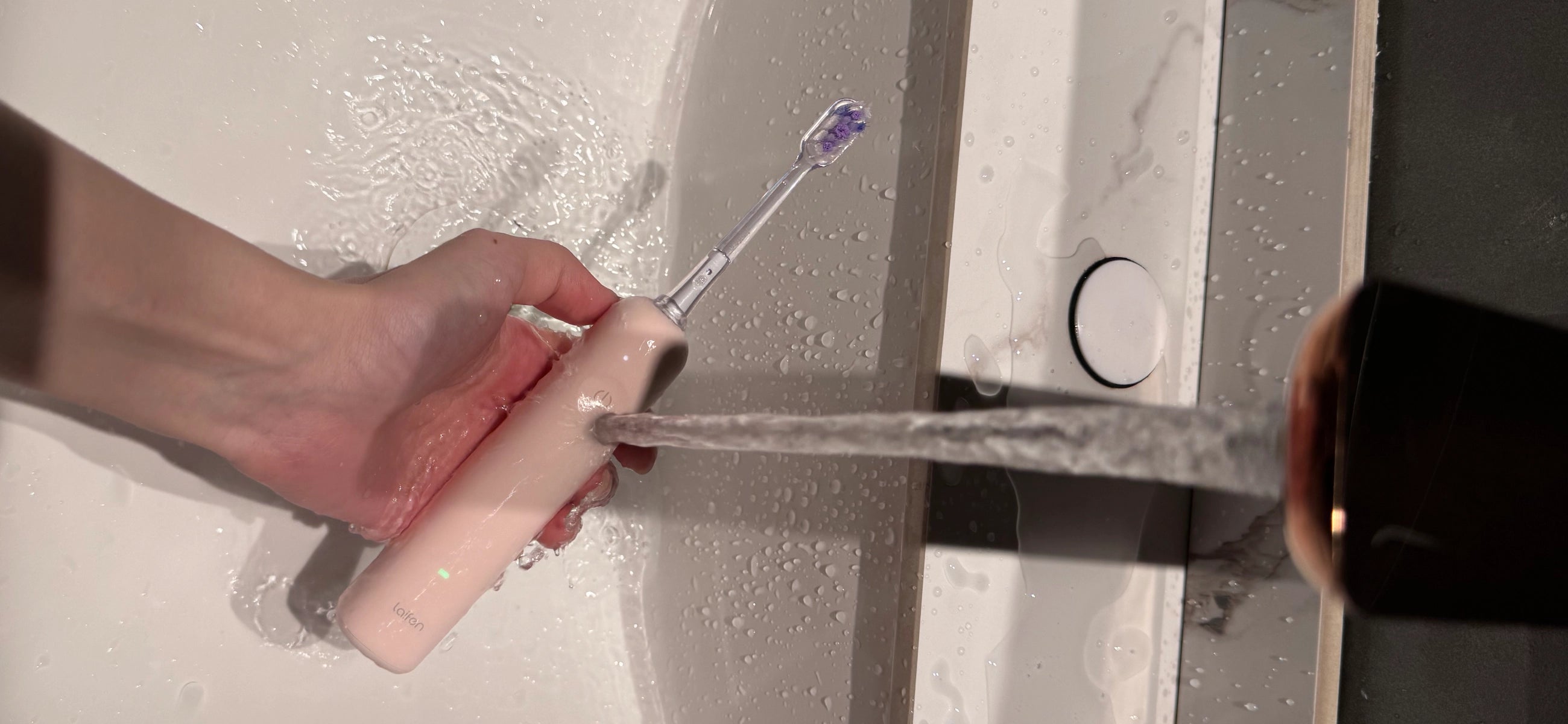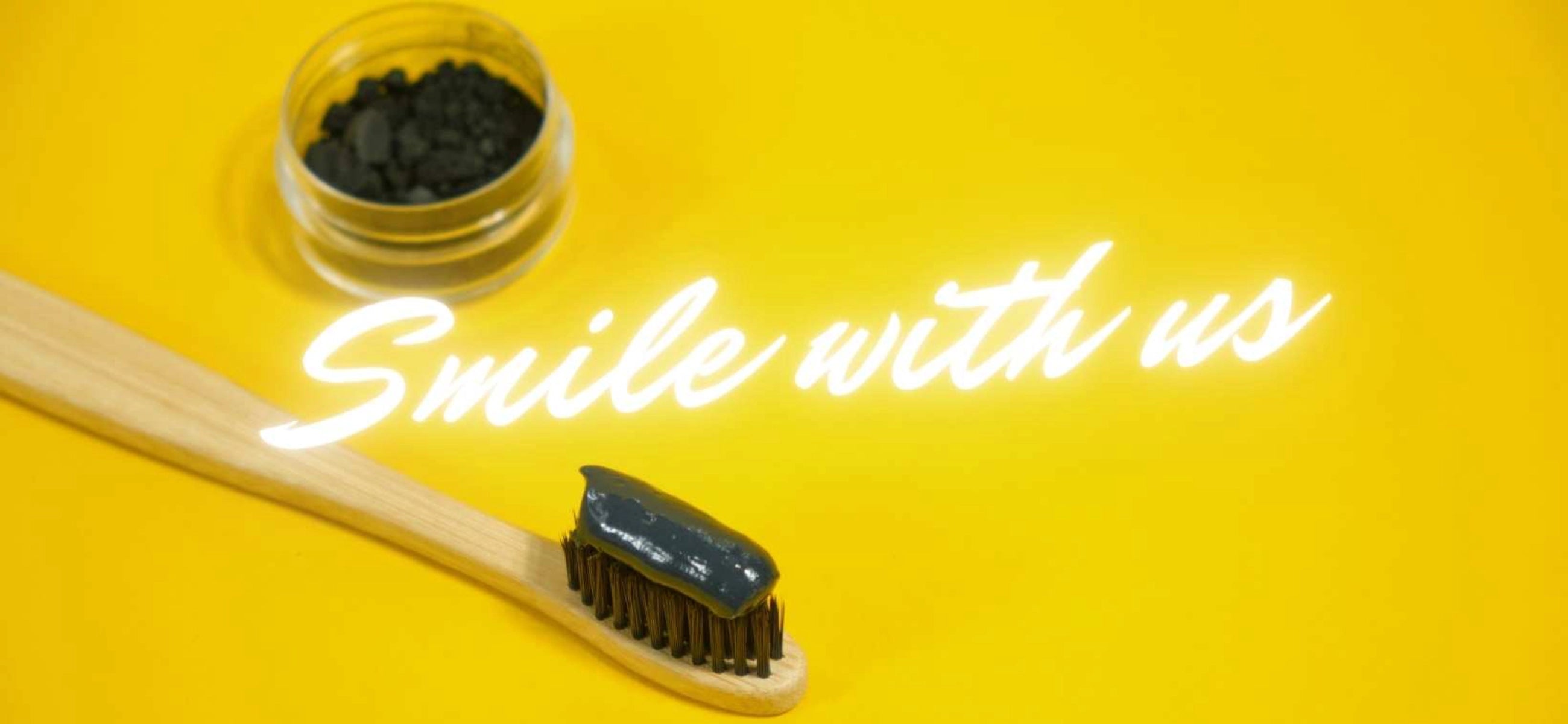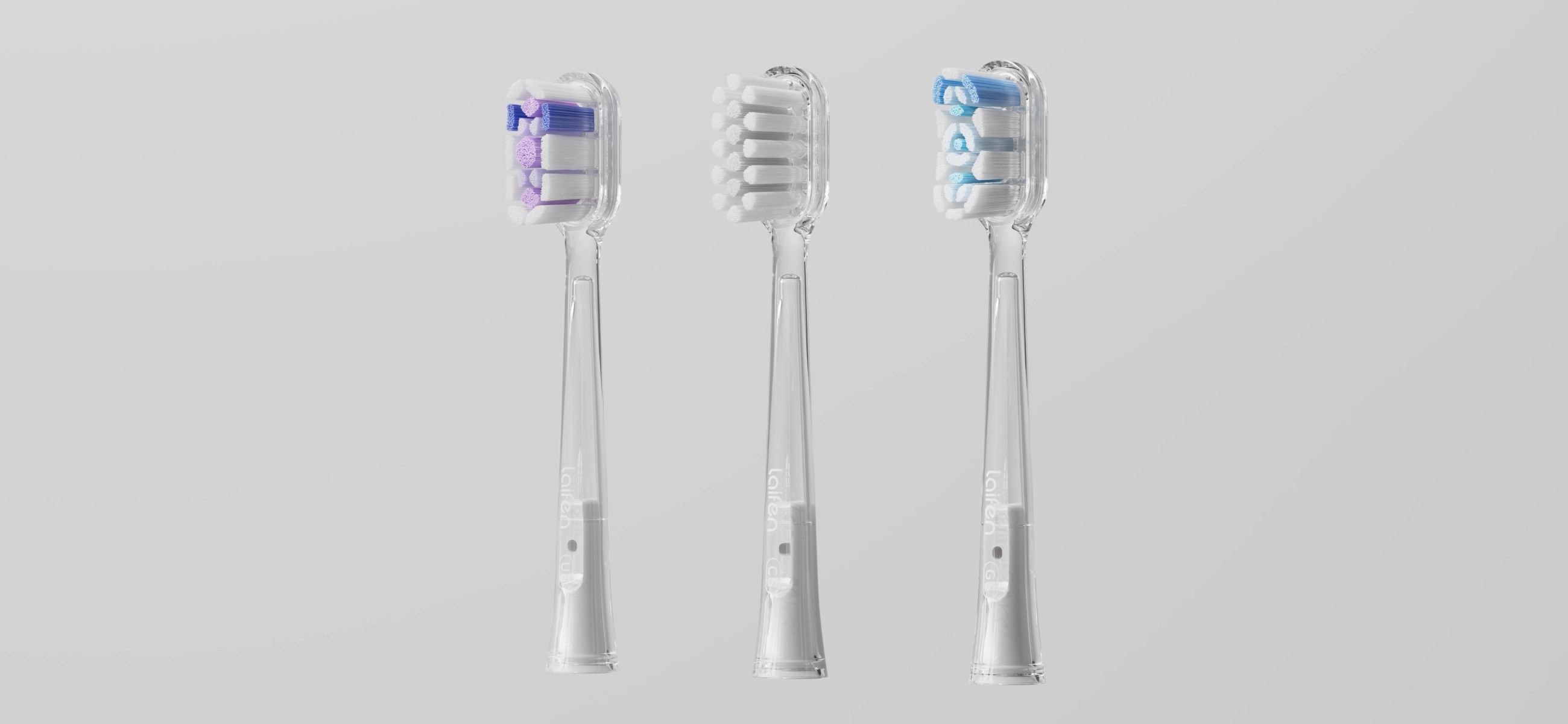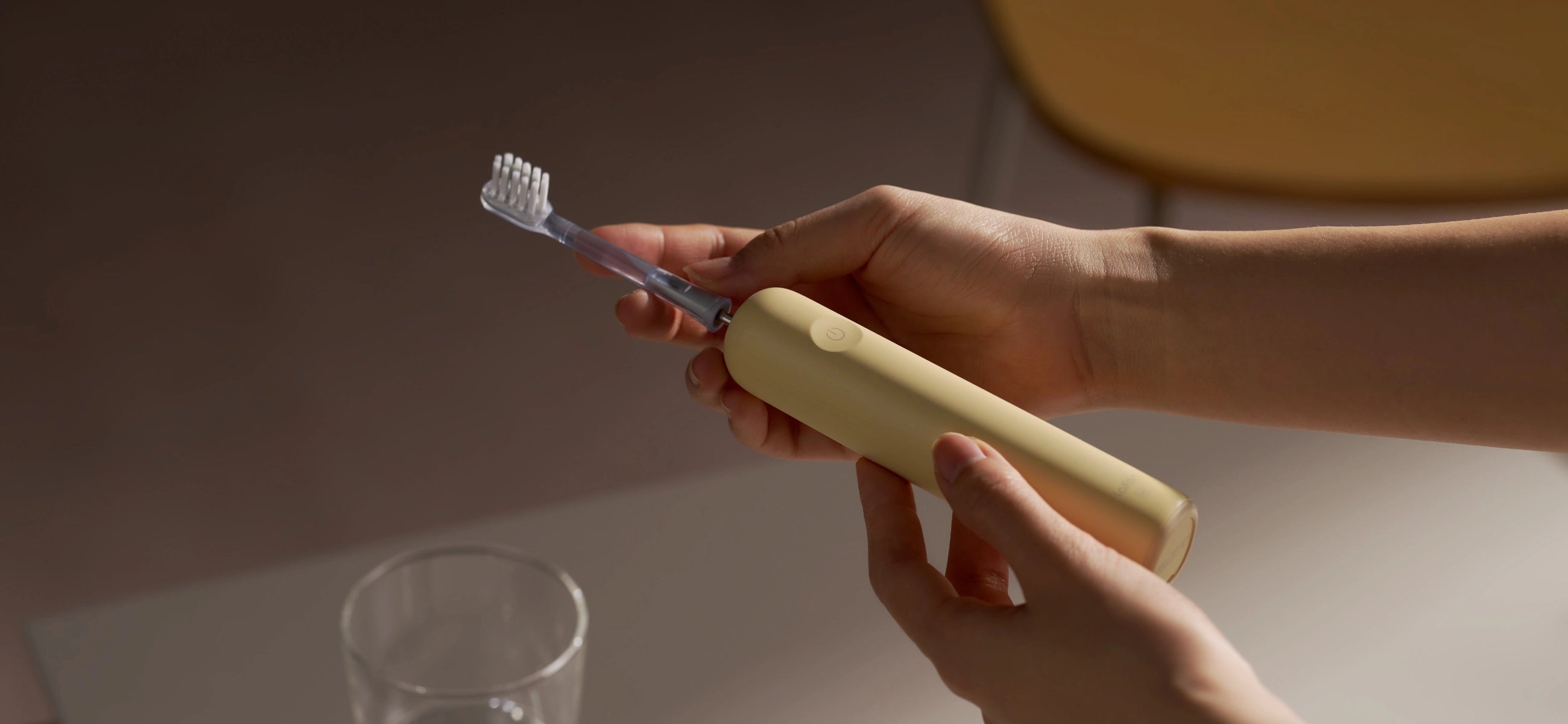
In this article
- How long can strep bacteria live on a toothbrush?
- Will my toothbrush reinfect me with strep?
- Should I throw away my toothbrush with strep bacteria?
- How long can strep live on other items from my toothbrush in the bathroom?
- A step-by-step guide to disinfect your toothbrush and bathroom after strep
- Introducing the best toothbrush with cheap refills
Strep throat often sneaks into our lives through myriad pathways. Be it airborne droplets, shared spaces, or close contact with carriers. While the affliction itself generally retreats with time and treatment, an often-overlooked peril remains: personal care items, particularly toothbrushes, can serve as covert sanctuaries for lingering streptococcal bacteria. So how long does strep survive on a toothbrush? Explore our detailed guide on navigating post-infection hygiene like a pro.
How long can strep bacteria live on a toothbrush?
Up to 48 hours. Streptococcus bacteria are remarkably resilient, capable of adhering to the micro-crevices of toothbrush bristles and thriving for extended periods up to 48 hours, as per clinical observations. In some environments, particularly those with high humidity, these pathogens may persist even longer.
Will my toothbrush reinfect me with strep?
The specter of strep reinfection via your toothbrush is a stealthy adversary, often underestimated in its capacity to undermine recovery. Streptococcal bacteria are notoriously resilient and can embed themselves deep within the intricate fibers of your toothbrush and persisting for 48 hours or longer, depending on environmental factors, as we said. This hidden reservoir of pathogens can reignite the infection and transform an innocent brush into a conduit for recurring illness.
Should I throw away my toothbrush with strep bacteria?
The dilemma of whether to part ways with your toothbrush after a bout of strep throat is a significant one, rooted in both hygiene and health prudence. Streptococcus bacteria, notorious for their resilience, can cling stubbornly to the bristles and generate a covert reservoir of infection.
Toothbrushes can become unwitting accomplices in perpetuating illness. Disposing of the brush entirely offers a decisive solution. However, if immediate replacement is impractical, a meticulous sterilization regimen becomes imperative. We’ll give you a guide to disinfect your toothbrush in the following.
How long can strep live on other items from my toothbrush in the bathroom?
Streptococcus bacteria are cunning survivalists, adept at lingering on everyday bathroom items, transforming them into unsuspecting accomplices in reinfection.
On hard, non-porous surfaces like sink handles, countertop edges, and even your beloved mirror, these microorganisms can endure for up to 48 hours. Meanwhile, on porous materials such as towels, bath mats, and the cozy recesses of your toothbrush holder, their tenacity increases, with survival stretching up to a week or longer under the right conditions.

How to do: These microbial hitchhikers thrive in the humid, warm atmosphere of a bathroom. Wipe down surfaces with a potent antibacterial spray or a diluted bleach solution. Launder towels and fabric items in hot water, and consider replacing or meticulously disinfecting toothbrush holders and other small bathroom accessories. Such vigilance disrupts their survival and prevents these sly bacteria from orchestrating another round of illness.
A step-by-step guide to disinfect your toothbrush and bathroom after strep
By following these nuanced steps, you can dismantle strep’s hidden strongholds and reclaim your space as a bastion of cleanliness.
Step 1: Exile the old or purge the current toothbrush
Why it’s imperative: Your toothbrush acts as a covert harbor for streptococcal bacteria, which can stealthily reintroduce the infection.
How to proceed: Ideally, cast out your old toothbrush and embrace a fresh one. If a replacement isn’t within reach, submerge the bristles in hydrogen peroxide or a robust antibacterial mouthwash for a solid 15 minutes.
Step 2: Purify the toothbrush holder
Why it’s imperative: This often-neglected accessory can become a moist haven for bacteria.
How to proceed: Disassemble the holder and cleanse it meticulously with scalding soapy water. Follow up by applying a bleach solution or an alcohol-based disinfectant.
Step 3: Sanitize high-traffic surfaces
Why it’s imperative: High-contact zones such as faucet handles, light switches, and countertop edges can host bacteria for 48 hours or more.
How to proceed: Arm yourself with a disinfectant spray or antibacterial wipes and wage war on these surfaces. For a more formidable approach, follow up with a diluted bleach mixture to obliterate any resilient microbes.
Step 4: Sterilize towels and bath linens
Why it’s imperative: Porous items like towels and bath mats offer a cushy refuge for bacteria, where they can persist for days, if not weeks.
How to proceed: Toss them into the washer on the hottest setting, using a fortified antibacterial detergent. For enhanced microbial decimation, add a dose of white vinegar or bleach. Finish with a high-heat dryer cycle to seal the deal.
Step 5: Dehumidify and circulate fresh air
Why it’s imperative: Streptococcal bacteria thrive in moist, stagnant environments, making your bathroom their ideal hideout.
How to proceed: Open a window or run an exhaust fan to circulate air. Employ a dehumidifier to sap the excess moisture. Create a hostile environment for bacterial invaders.
Introducing the best toothbrush with cheap refills
Regularly replacing your toothbrush is a non-negotiable aspect of maintaining pristine oral hygiene. Over time, bristles fray, lose their efficacy, and harbor unseen microbial hitchhikers, even in the absence of ailments like strep throat. Dental professionals strongly advise swapping out your toothbrush every one to two months, but this steady cycle of replacement can quickly dent your wallet and disrupt convenience.

Unlike conventional brushes, the Laifen Wave boasts dual-action technology, combining powerful sonic vibrations with a dynamic 60° oscillating motion. This revolutionary design mirrors the dentist-endorsed Bass technique, so you will have a meticulous clean that penetrates even the most stubborn plaque sanctuaries.
Available in three material options—ABS plastic, aluminum alloy, and stainless steel—this toothbrush meets diverse tastes and budgets, with prices starting at a competitive $69.99. Replacement brush heads are equally economical, with a 3-pack priced at $9.99 and a 6-pack at $16.99, offering a cost-effective solution for long-term use.


